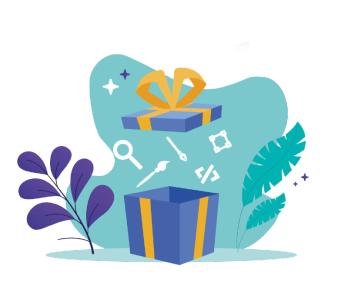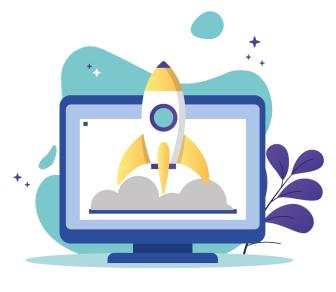It is a common term in the online marketing world: the landing page. Landing pages appear on almost any site that is optimised for search engines (SEO), or they act as an intermediate station between a paid ad and a website (SEA). They can actually be all kinds of pages. So it is actually an umbrella term that refers more to the purpose of the page than to its specific content.
A landing page is nothing more than a page you land on as a visitor.
Help me create a landing page!
What is a landing page?
So basically, any page can be a landing page. We hear quite often that people think a landing page is another word for homepage - after all, that's where you often land as a visitor. A homepage is indeed a landing page in the broad sense of the word, but in the marketing world we tend to speak of a landing page when it is optimised for one specific purpose. There is a specific CTA (Call To Action) that the page is made for, and all other elements are designed to minimise distractions beyond this CTA.
For example, a homepage will show a menu for the entire website. After all, from there you will often need to be able to visit the whole site. A landing page often shows almost only the specific product, service or other purpose.

What should a (good) landing page comply with?
It is an incredibly broad concept, the landing page, mainly because it varies a lot what the specific purpose of the page is. The AIDA model can help tremendously in classifying your page in the right way! AIDA stands for Attention - Interest - Desire - Action.
That is how you make sure that your visitor pays attention to your goal first; you do this with the right layout, colours and images. Then you have to interest the visitor with the right text headings and information, after which you have to create a desire. This desire must ensure that the visitor takes action and thus makes use of your conversion goals!
So a good landing page has one clear goal. This could be to sell a product or service, collect leads ('Sign up for the newsletter now!'), click through to a product page, make an appointment, thank you, and so on. So this should be very clear as soon as you visit a page! This is the thrust of your landing page - here are some tips on how to achieve this:
Clarity
As a visitor, you should immediately be able to see what the page is about. The message, product, service or whatever it is, should stand out in large letters. In addition, it is advisable to put, also in large letters, a few words underneath why the visitor to the page needs the product.
Layout
The page should be attractive to the visitor! The layout of your letters, the colour of the background and the headings you put on the page should give the visitor the right feeling. This feeling obviously depends on your purpose - an insurance company will want to convey care and confidence, while a clothing brand, for example, will want to try to convey more of an adventurous or stylish feeling.
Images
Images are incredibly important for the user experience. Together with the layout, they work on the feeling the page conveys and say something about what you want to achieve with the page. In addition, research has shown that pictures of faces inspire a lot of trust in consumers, so having a few friendly faces to boost the value of your product or service is definitely not a luxury.
Information
The 'search question', or the reason someone landed on your page, needs to be answered on your landing page. Here it comes down to finesse; big chunks of text that explain exactly what your product or service contains are generally not read. However, visitors do want answers to their search question, so some content should appear on the page. Therefore, make sure there is enough information that justifies the topic of your page; your product/service/purpose is important, useful and reliable. Make readers want to know more about it and click through!
Conversions
Your page is purely about conversions, so make sure you have placed the right CTAs! There should be enough buttons and links and they should be attractive to click on. Are you selling a product or service? Then place enough buttons and links to the direct purchase page. Does your landing page act as a conduit to the rest of your website? Then make sure there are enough buttons to click through to pages on the website. It may sound obvious, but we find it really helps to keep asking yourself: what exactly is the purpose of this page? All buttons and links should be positioned so that they contribute to this purpose!
We hope this has helped you in putting together your ideal landing page! Because there are so many different types of landing pages, we can well imagine that you still have questions. Our online marketing experts don't mind explaining a few things, so don't hesitate to get in touch!
